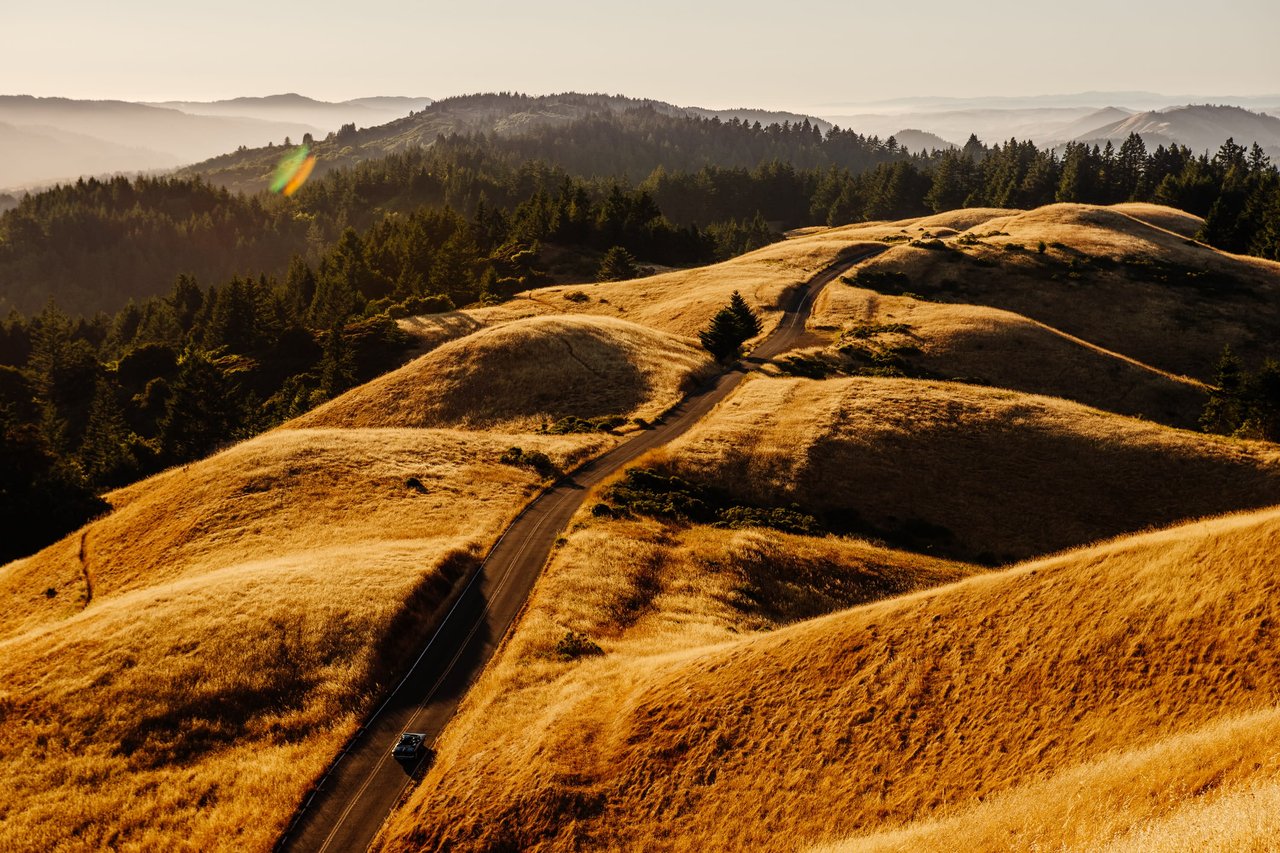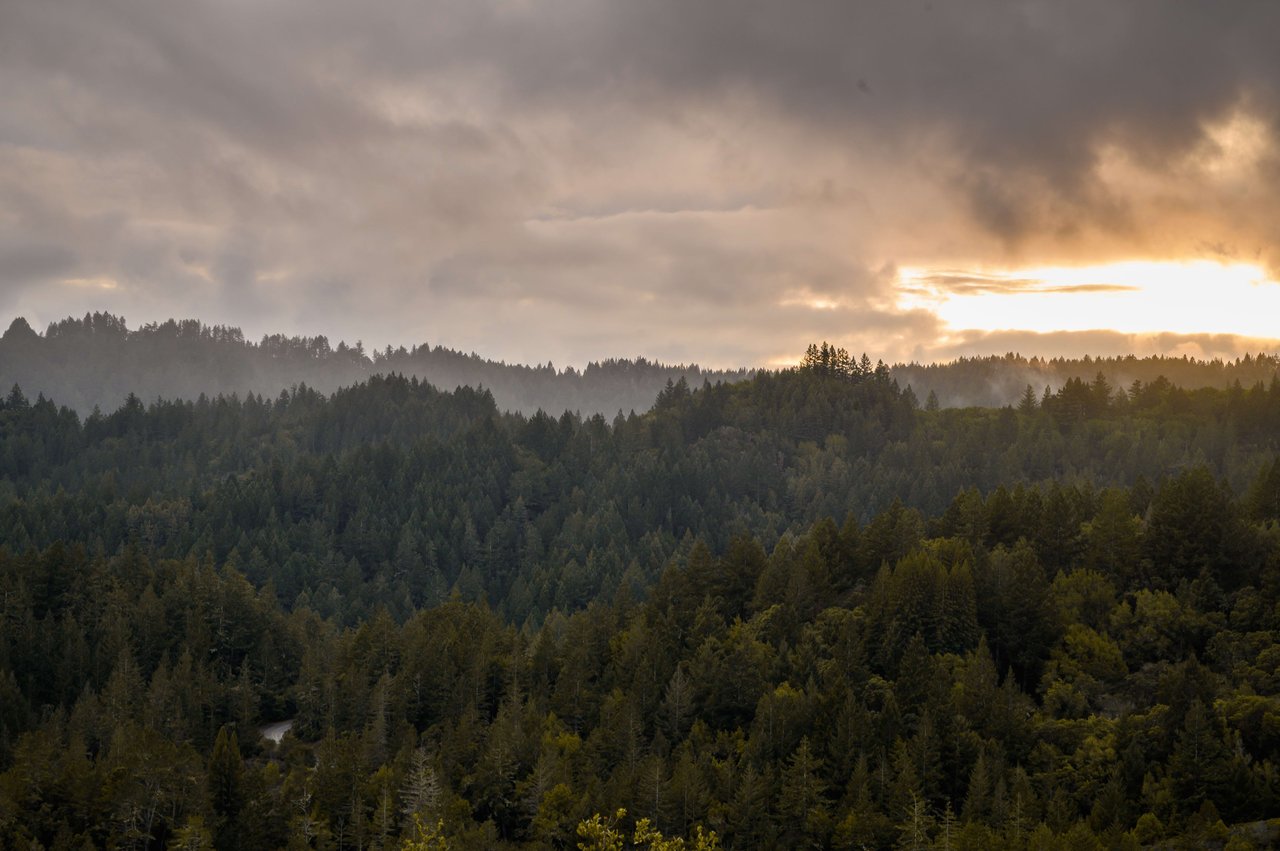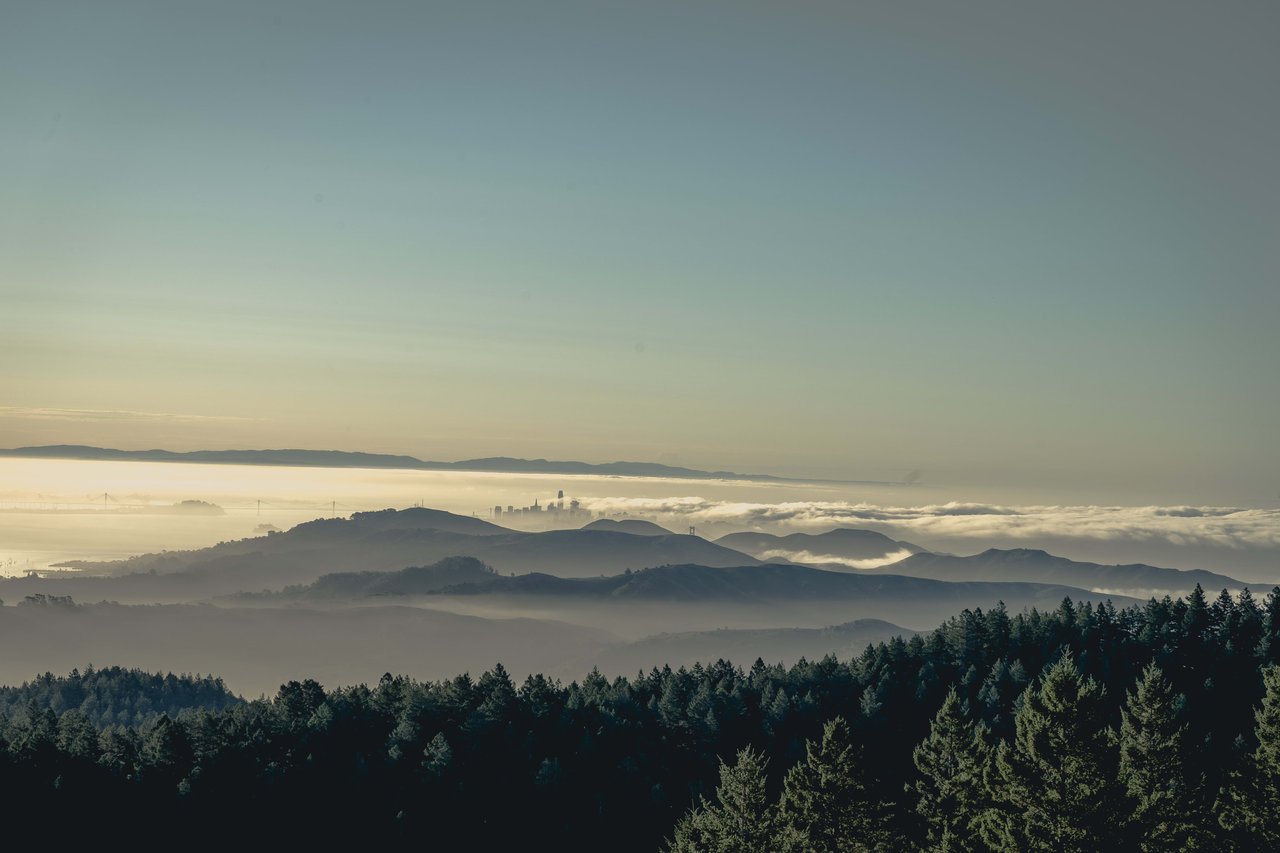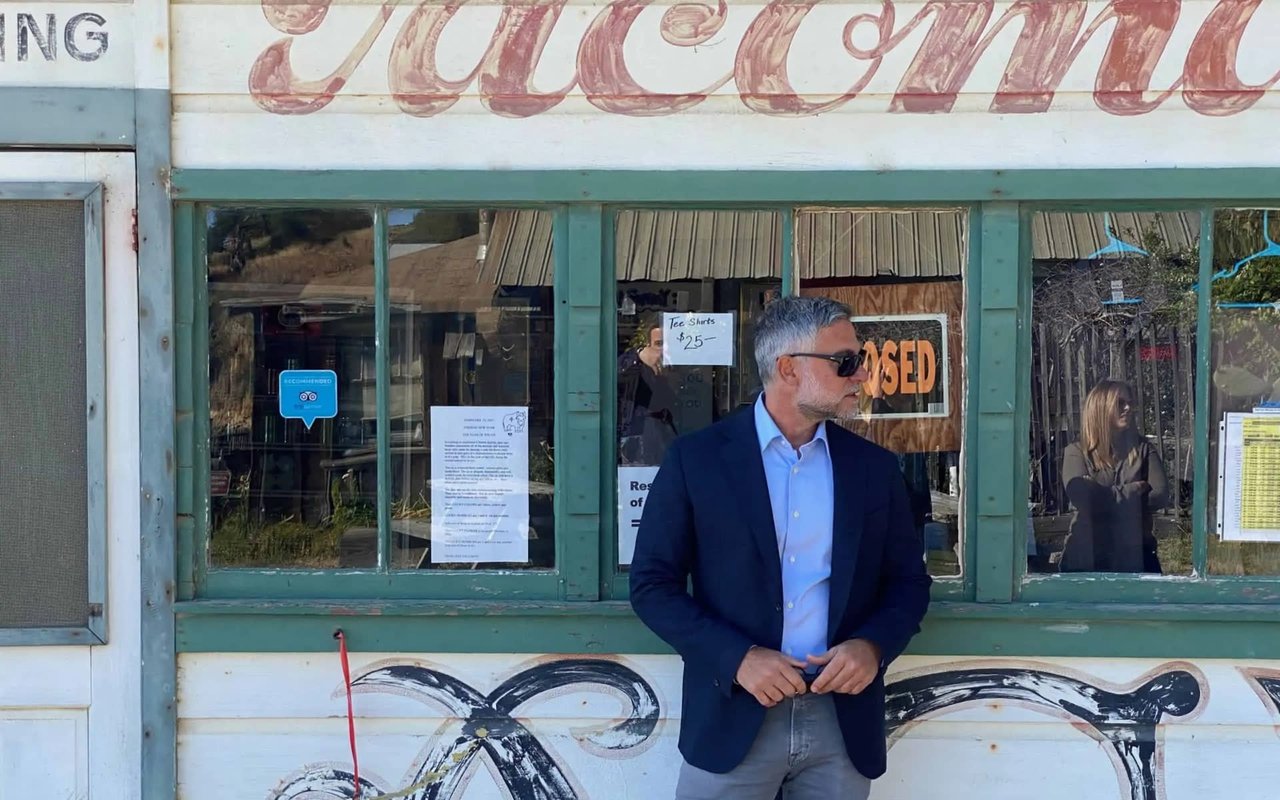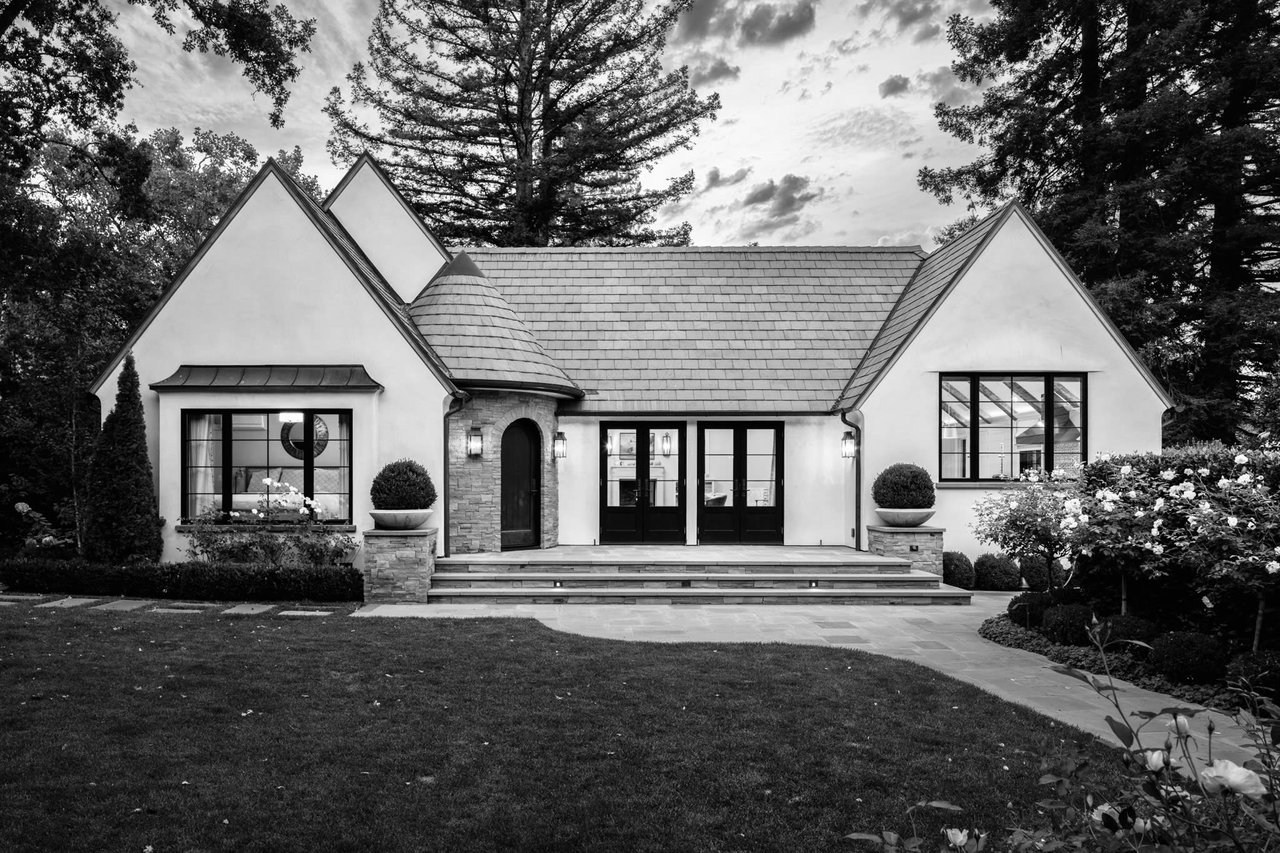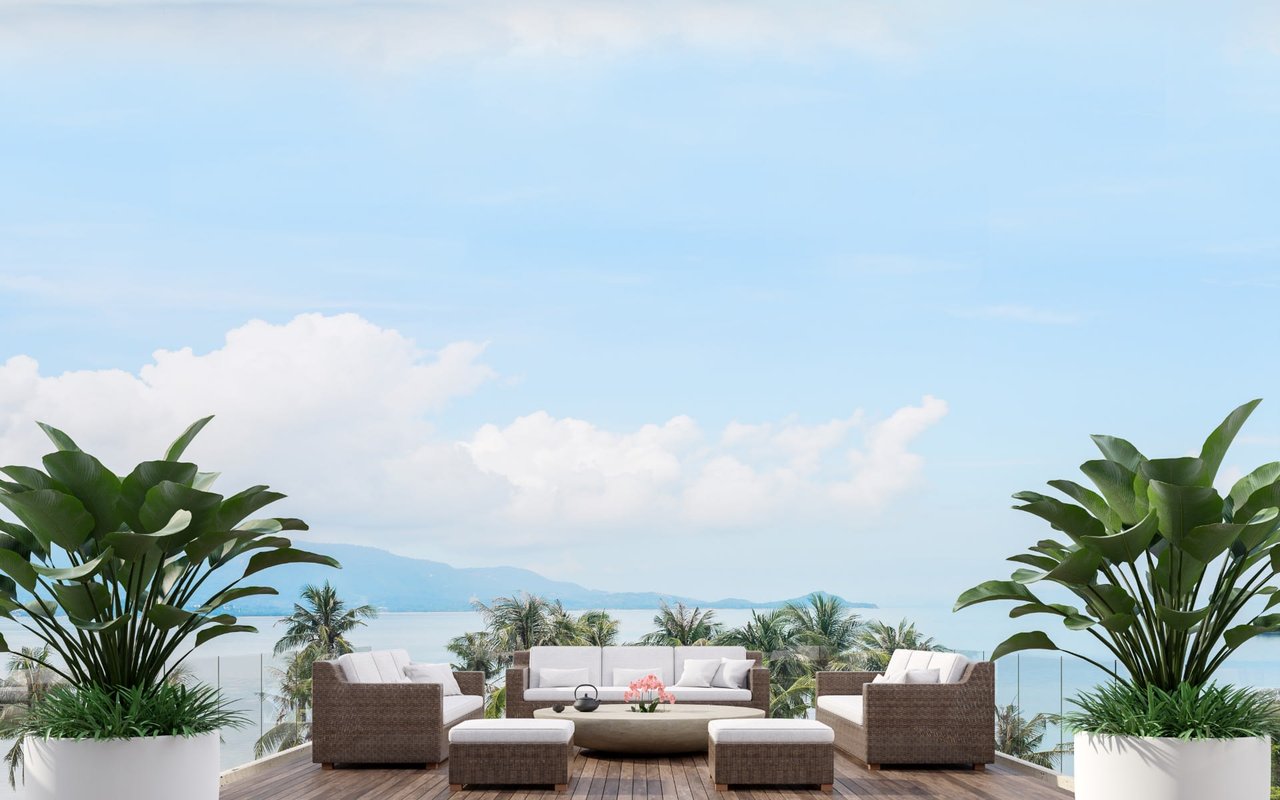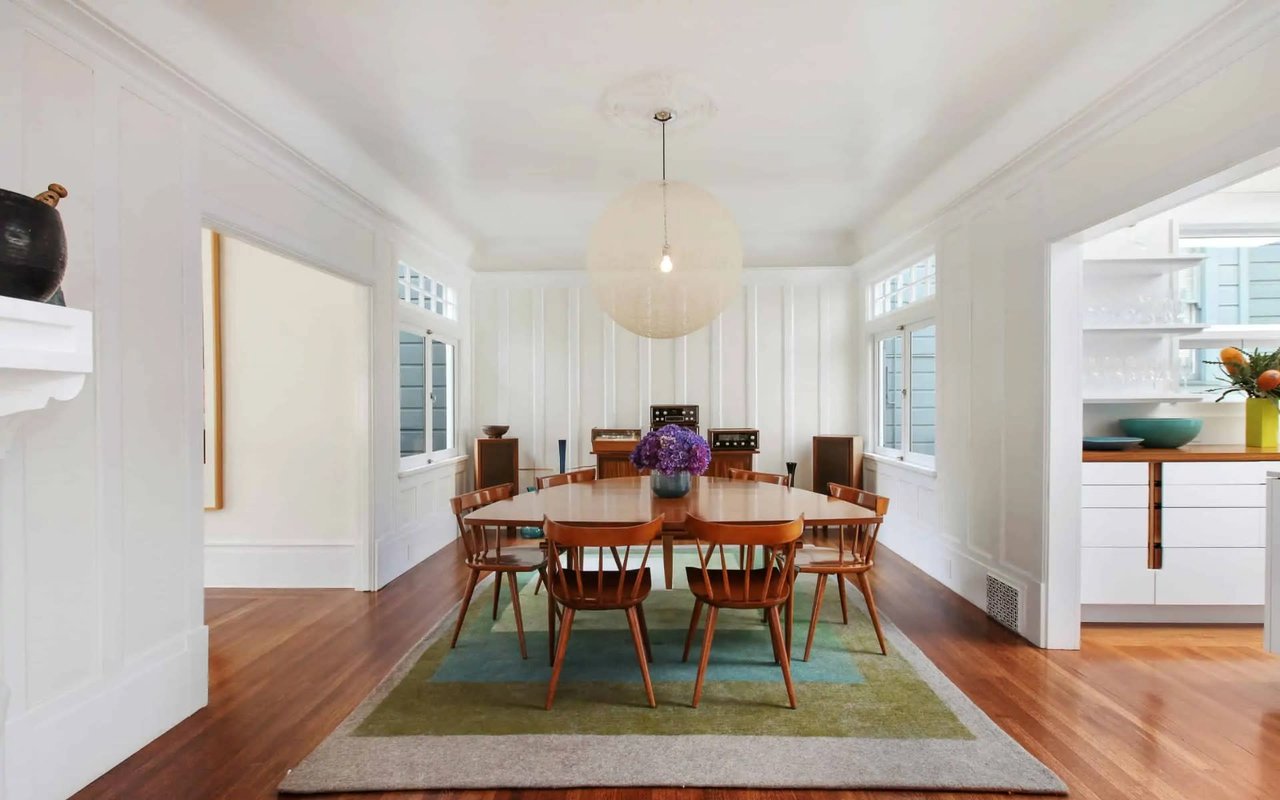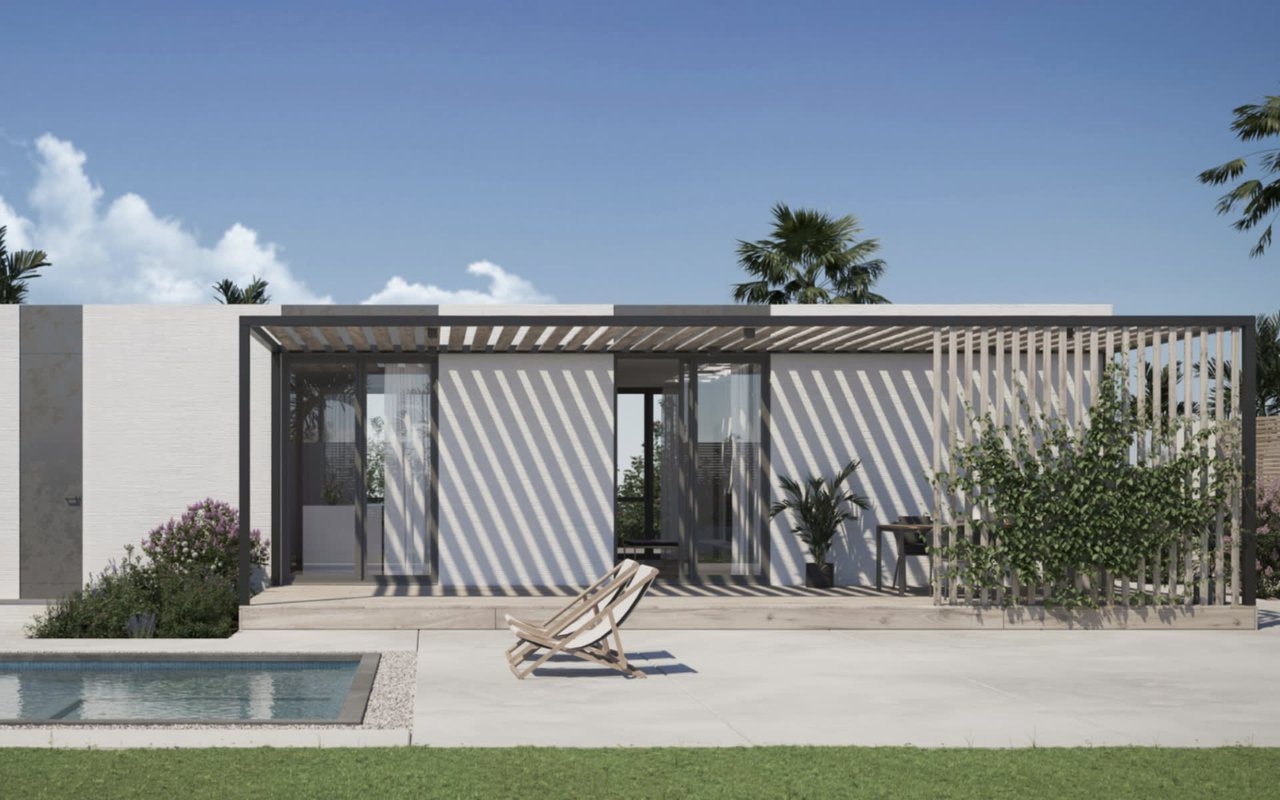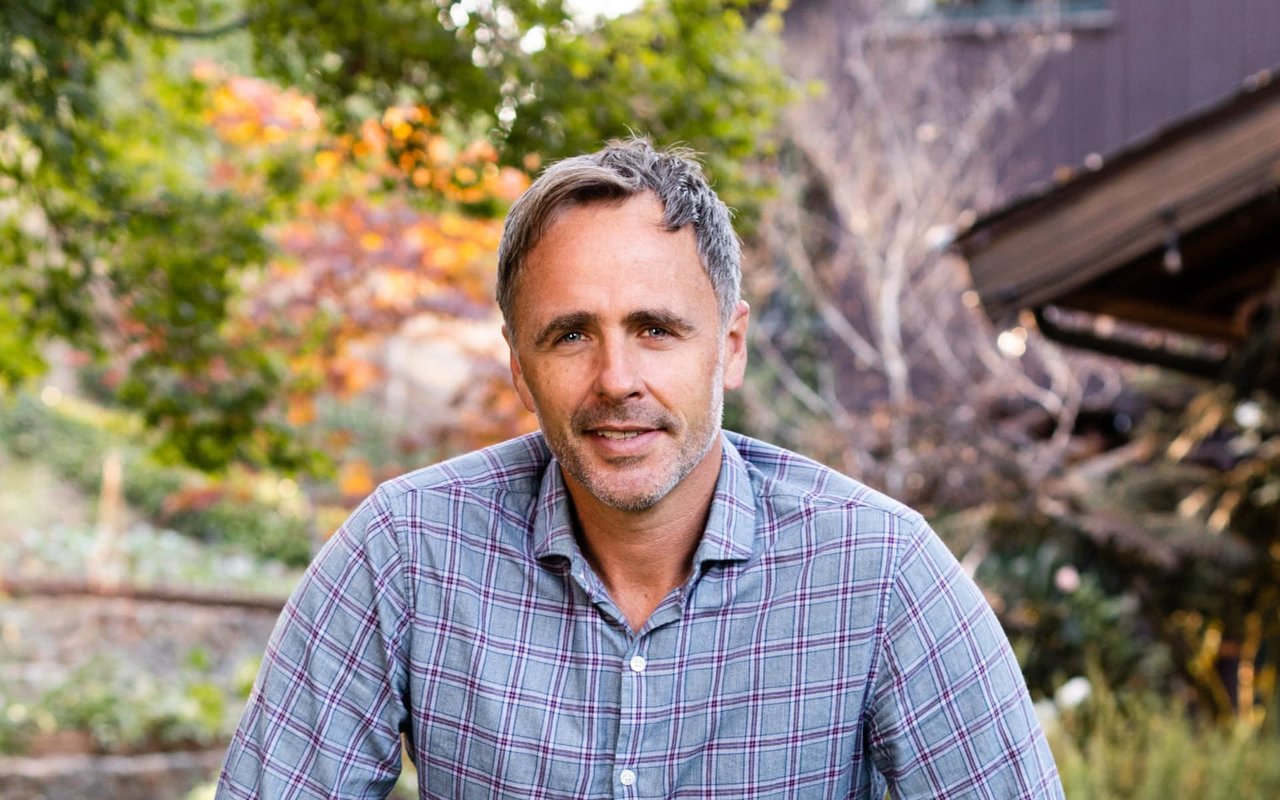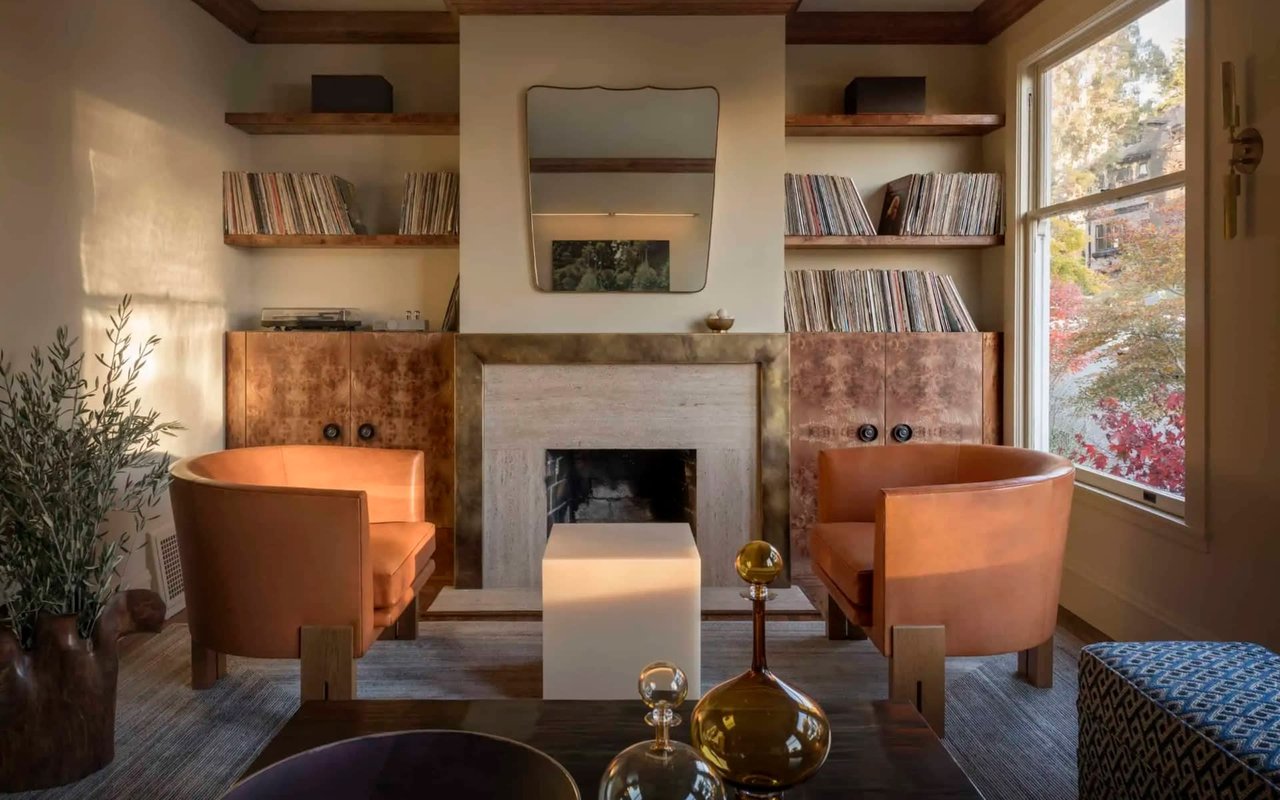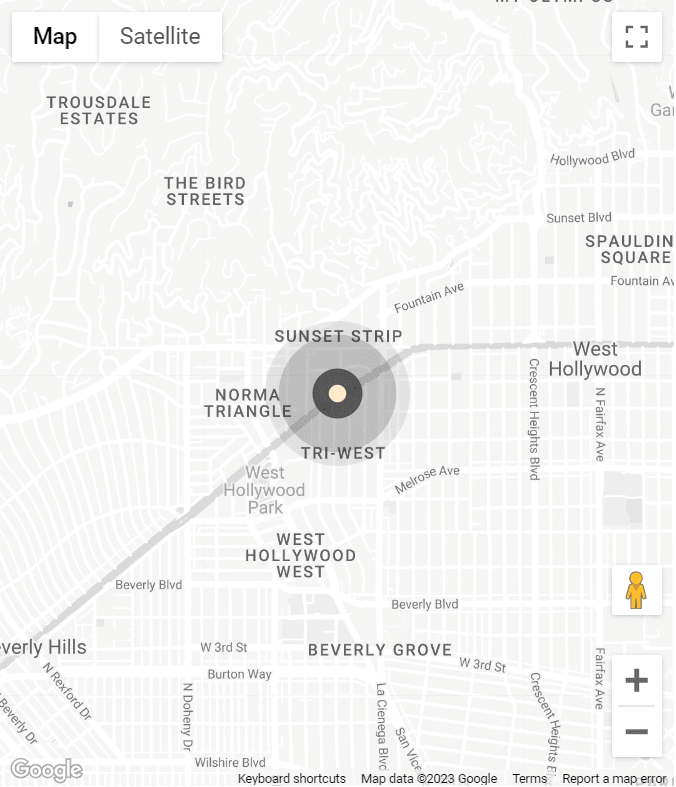A Discussion With Design Partner, Cass Calder Smith
Cass Calder Smith established the architectural firm that bears his name in 1992. Smith earned his Bachelor's and Master's of Architecture from the University of California, Berkeley. A native of New York City, he has lived in California since 1972. Firmly based in the modernist idiom, Smith draws inspiration from history’s masterful architects and remarkable cities as well as several epic filmmakers. Creative expression and unique innovation are characteristic of his designs balanced with intricate detail and pragmatism.
In addition to professional practice, Cass teaches design at UC Berkeley, is a Trustee on the Board for the Djerassi Resident Artists Program, and chaired the Civic Design Review Committee on The San Francisco Arts Commission for 8 years. He is also involved with curatorial groups at the Whitney Museum, and both the San Francisco and New York Museums of Modern Art. Smith and his work have won numerous design awards and have been published in The New York Times, Architectural Record, Metropolitan Home, Metropolis, Dwell, and Interior Design among others.
Q&A With Cass:
What do you find informs your projects most these days?
It’s a number of aspects, which lead into the design agenda and process. First and foremost, it’s the client’s aspirations and requirements. A close collaboration helps this communication. Second, it’s the site for a new house or the existing house if it’s a renovation since really understanding what you have to work with is important and also inspiring. The third is the regional context so that the home has some roots in a place. Designing a house in Marin is much different than in Los Angeles. And since the beginning, I have always been informed by many of my heroes from Le Corbusier on architecture to David Lean on cinema.
Over the past year, nearly all businesses have undergone a significant transformation. How has your business changed?
Prior to the pandemic, my business did about half residential vs restaurants and commercial. Now It’s about 70/30 and the residential increase is mostly projects outside of the cities. For my team, this means Sonoma, Napa, and Marin mostly, but still some SF projects. I’m very satisfied with this since my preferred commissions are homes for interesting people. We certainly had to tighten our belts, but hopefully this is behind us.
Your firm is anchored both in NY and SF. Tell us about the challenges and benefits of running a bi-coastal design operation.
Well, I like challenges, yet over the years it has become pretty seamless. I have a lot of stamina and focus, which does me well as an architect and likewise working bi-coastally. From a practical standpoint I work with my great staff – some of whom are partners now. This includes an interiors team too. A key aspect that makes it work is that I have a house in SF and a loft in NYC and two staffed offices. My San Francisco office was my first, which I founded about twenty-five years ago as I finished up my master’s degree at UC Berkeley and so that gets most of my time. Although I grew up in New York City, I really love Northern California with its great natural light, natural settings, casual lifestyle, and delicious cuisine. On the flip side or maybe the complementary side, I really like New York, but for its urban concentration of culture that tends to fuel the creative spirit in me. I have friends and family in both places and do know my way around both at many levels and so it’s generally very positive. I think architects do best when they are involved in a range of places and cultures. For California clients, I think I bring a bit of New York to them and the same the other way. Some of my clients are bi-coastal and so I have designed places for them in both places.
People’s priorities have changed over the last year and those changes have really impacted the spaces people want to live in. How has this shift changed the way you design a home?
I think there is a lot of ambiguity going on in people’s lives related to how and where to live, where to spend money, and how to best keep their kids educated. All of these come back to the home, which have differing degrees of priorities for my clients. Most of all its how to work from home in a way that’s efficient. I see it as the new ‘live work’ ratio. This has led to having flexible use rooms to actual home-offices in new homes and coming up with creative solutions for renovations. Pre-pandemic, most clients asked for places to work at home, but it was a pretty casual desire. Now it’s very specific and front burner. People want more space in general too so they can spread out – especially for the kids. From a process standpoint, I find clients being more focused than ever as collaborators on what they want. It seems the stakes are higher. This does challenge their budgets more than ever and so we stay cognizant of that and work hard to find cost-conscious solutions.
Do you have a dream project? Where would it be, and why?
I have two. One would be urban and very vertical located in SF or New York that I would design and live in. It would have dynamic city views balanced with well-placed walls for fine photography. Its aesthetic would be very clean-lined and more like a gallery than a home. The other dream project would be rural in Sonoma or Napa or West Marin and very horizontal with close-up and distant views of nature. All of the materials would be natural with fine attention to detail. No sheetrock. The main spaces would be as indoor-outdoor as possible. Both places would be net-zero regarding energy usage, which I aim for on many projects. If it’s a dream project for a client, it would be for a person or family who knows themselves that wants an impeccable home for their contemporary art collection and a magnificent kitchen.
What elements do you feel make a space great?
Space is luxury if it’s the right proportion and so width and height with natural light and connections to outside are imperative. Great spaces are specific to their uses and come in all sizes. Grand Central Terminal is a great space and so is an intimate bedroom that’s just the right amount of cozy. Humans like the feel of domestic spaces with overhangs and inside corners. Spaces that are too large are alienating. The materials and finishes used in any space are very important and when composed well with an attention to detail round it out. In the end, it’s about ‘feel’ more than ‘wow’.
Are you leaning into any newer design trends that you can share with us?
My work aims to be more timeless than about trends. An overall trend over the past decade or so has been a greater appreciation for modernism. This was much more ingrained in Europe and now as it ascends in the U.S. it’s great. Today there is a strong trend or evolution to sustainability. In California, this is about energy usage and water consumption, and to some degree materials. Most clients want a ‘net-zero’ house, meaning it produces as much energy as it uses. This is not only for the environment but is also economically driven with a return on investment.
Can you describe your approach to design challenges? Is that something you embrace?
Design challenges are typically related to architectural problem-solving. As architects, we do embrace this as a key to what we deliver. Often, it’s a gauge of our success and the more we do it the better we get. This covers the creative challenges of how to best situate a new house on a site, to how to fit a kitchen in what was a closet. My approach is listening to clients to best understand the problems to solve. Then its design iteration mixed with the tenacity to aim for a specific mastery of the project at hand. Clients that want and understand the challenges of creating a masterpiece are always gratifying.
Click here!







